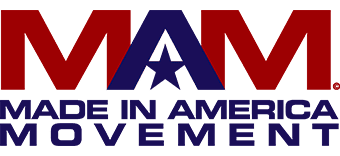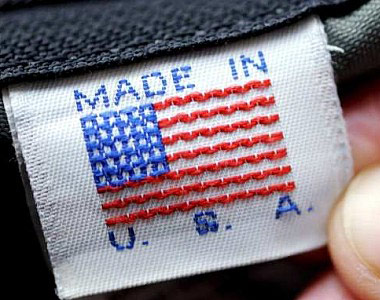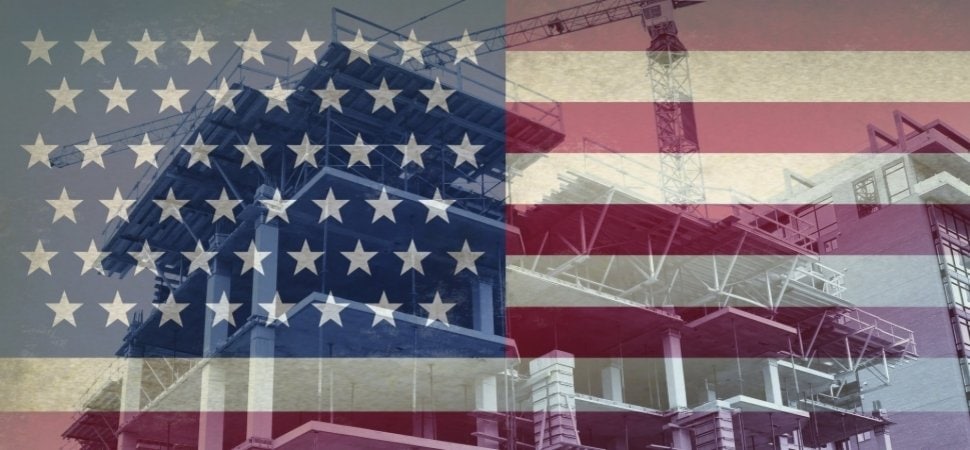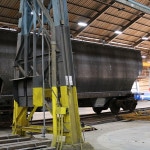The Economic Impact of Made in USA
“Made in America” isn’t just the name of a song anymore. Whether out of a sense of patriotism, a desire to help the American economy or the belief that U.S.-made products are of higher quality, consumers of everything from clothes to computers increasingly want to see a “Made in the USA” sticker on the items they buy.
Retailers and manufacturers are happily responding to the demand for U.S.-made goods.
Last year, General Electric began making some of its water heaters and refrigerators at U.S. factories. Wal-Mart announced plans in April to buy an additional $50 billion of American-made products over the next decade. Apple said it would begin building some of its computers in the United States this year.
This trend presents both an opportunity and a challenge for the hardware industry.
What Is Made in the USA Anyway?
Just defining what constitutes being made in America is more complex than it might seem. The increasingly global nature of industrial supply chains means that, while some products are assembled in the United States, the parts or raw materials being used could come from Canada, China, or anywhere in between. Is that really “Made in the USA?”
According to the Federal Trade Commission, “The product’s final assembly or processing must take place in the U.S.” to carry the distinction, although the agency allows for the inclusion of some imported parts. But it isn’t as cut-and-dried as even that might sound—parties have filed lawsuits over the issue.
In fact, it’s so complicated that there are now independent certification bodies to help both manufacturers and consumers find products that are truly made in America.
Seals are convenient for manufacturers and help consumers easily identify the products.
Why Do People Care Now? – Made in USA
American manufacturing has declined since the 1970s, as consumers wanted lower prices and companies realized they could source goods from countries such as China much more cheaply than they could make them here. But research shows that the tide may be beginning to turn.
Wages in China are rising, and shipping goods from Asia is costly and takes considerable time, the Boston Consulting Group found in a September 2012 report. At the same time, natural gas is currently cheap and plentiful in the United States, and advancements in robotics let U.S. factories produce as much as a veritable army of assembly line workers.
Top 4 reasons buying Made in USA has a bigger impact than you know.
Hal Sirkin, a senior partner with the Boston Consulting Group, sees this as a tipping point. “In 2015, that gap between the cost to manufacture in China and deliver to the United States versus the cost to manufacture in the United States will be less than 10 percent,” he says.
Sirkin says the hardware category is at the leading edge of this trend. Generally made of metal, tools are heavy and expensive to ship relative to their retail value. “We’re seeing more ‘Made in USA’ stuff showing up in hardware stores, which is a sure sign of reshoring,” he says. “It changed earlier than some of the other goods.”
What Do Customers Want? – Made in USA
Another reason for the growing “Made in the USA” trend is increased consumer demand for products made in America.
“Some of it is about patriotism. Some of it says, ‘It helps my neighbor have a job.’ Some of it is quality standards,” Sirkin says. “You want to have high-quality tools because you’re going to have them for 20 years.”
In a survey of 1,000 Americans conducted for Industry Edge by market research firm YouGov, a whopping 81 percent of respondents said they would buy something made in the U.S. because they believe it will help support our economy.
“They understand,” Reiser says. “They know their brother, uncle, or sister is out of work. They’re making a strategic purchase. Every little thing they’re looking at now.”
YouGov also found that 42 percent of those surveyed think buying American-made items will give them higher-quality product.
Made in USA – What Do the Numbers Say?
In a 2012 survey of U.S. shoppers conducted by Perception Research Services International, 83 percent of respondents said they pay attention to whether a product is labeled “Made in the USA,” and 76 percent said they would be more likely to buy something with that designation.
A 2012 international consumer survey by the Boston Consulting Group found that more than 80 percent of U.S. respondents said they prefer items made in America — and are willing to pay more for them.
In the category of “hand tools,” researchers found that 63 percent of people would be willing to pay more, and 21 percent would be willing to pay a price premium of more than 10 percent for American-made tools.
Google Trends also shows that people are seeking American-made products online. Searches for “Made in USA” and “Made in America” have climbed sharply from just a few years ago. In May, “Made in USA” hit 94 on a 100-point scale, indicating peak search interest.
Made in USA – Who’s Doing It Right?
Both small and large hardware companies are making products in the United States. Some always have, others have moved their manufacturing back after discovering that outsourcing promised more benefits than delivered.
Fred Schneider, CEO of Arrowhead Brass, says his California company’s hose bibbs and valves have always been made in the United States, even as cheaper brass from China flooded store shelves. Plumbers and homeowners appreciate the higher quality, Schneider says, but it’s a continual battle to keep prices competitive in the face of cheaper imports.
We have invested a lot in automation where we can to keep our labor costs under control, and we continue to try to be a poster child for the environment and good corporate citizens here,” he says.
Measured by sales, about 90 percent of Weber Grills
The challenges manufacturers confront to produce hardware in the United States are substantial. But as these companies and others demonstrate, it’s by no means impossible. Despite the higher labor costs and the complexities of a global supply chain, they persevere.
Schneider is thankful for customers who have as deep a commitment to American-made products as his company does. “They’ve always believed in Arrowhead. That’s what’s kept us alive,” he says.
Read about our invitation to the Made in America Roundtable discussions with the President and Vice President at the White House.








It’s hard to find products made in America someone should make a list.
I see a lot of anecdotal discussion about how buying Made in America creates jobs and fuels economic growth, and feels right. What I have not been able to find is an empirical study that quantifies that impact. For instance, if Americans increased their Made in America spending by just 20%, what would that do for the economy? How many jobs would that create? How much tax revenue would that create? I think we need to let people know what impact it will have or their behavior will not change